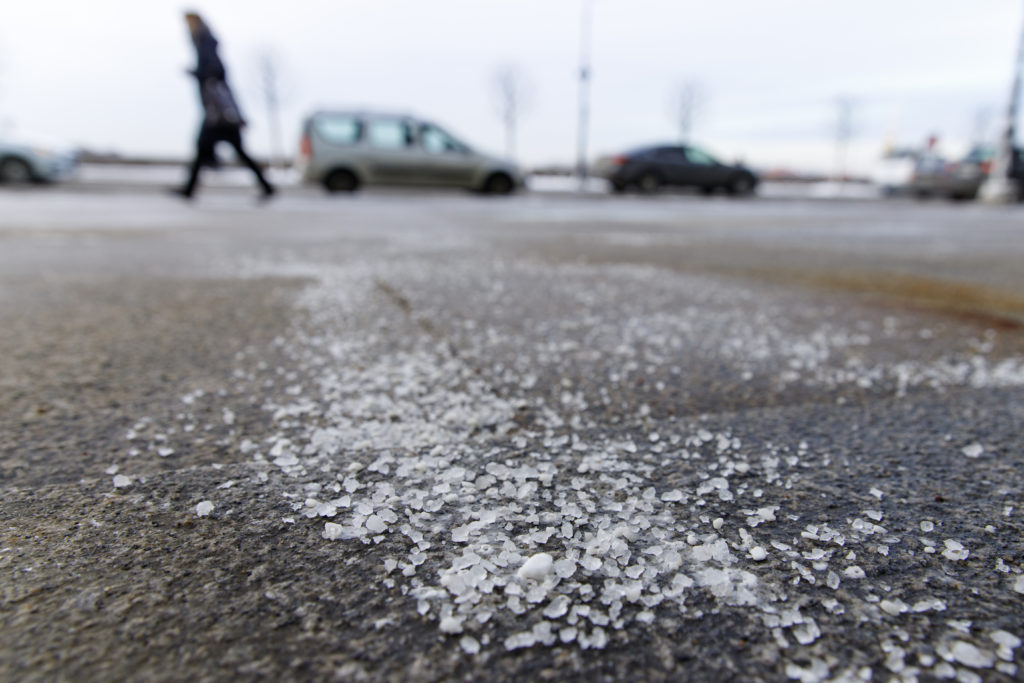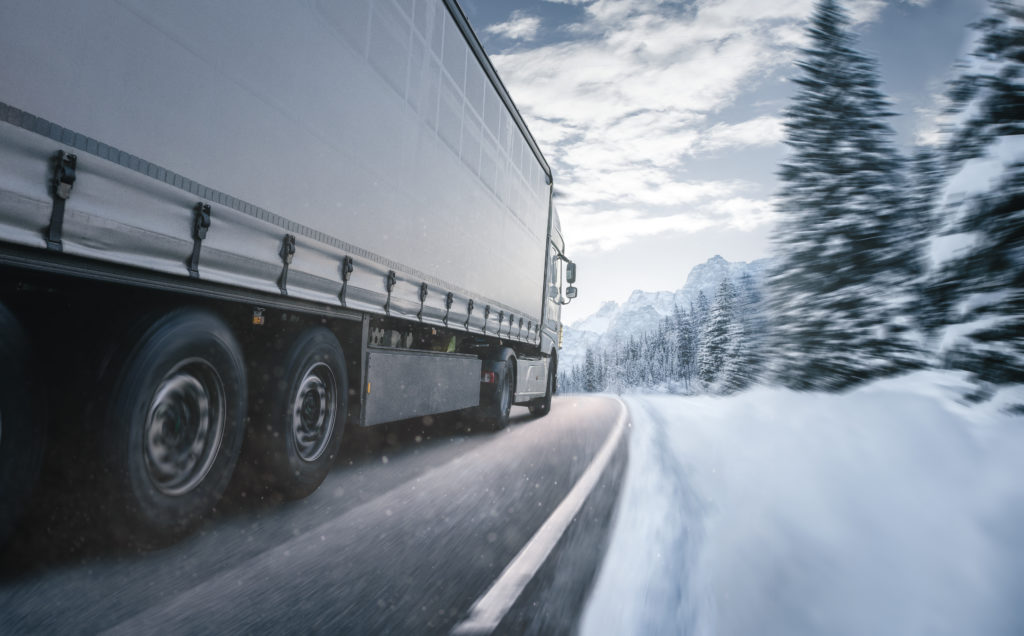
“Corrosion from road de-icers is a multi-billion-dollar issue for fleets…once it starts, it starts eating everything alive,” said Atro Engineering Systems area sales manager, Brian Herrington.
The de-icing methods involving road salts, sand, calcium chloride, and magnesium chloride have been a go-to for areas experiencing the often-dangerous effects of winter weather on roads. Still, it’s well-known that these methods can cause huge corrosion issues for fleets, and now, many states across the country are aiming to solve this issue.
Corrosion inhibitors and brine technology are now making their way into the de-icing game, so that states can lessen the amount of product and chemicals needed to keep roads clear and safe.
The amount of salt utilized to clear roads has been on the incline over the last few years as more states develop more bare-road policies and as more drivers expect clear pavement–and are unable to drive otherwise. This increase in salt use has also been creating more problems for equipment and the environment as a whole, explained Phill Sexton, the CEO of WIT Advisers. WIT works with winter management and landscaping companies throughout the continent.
“We’re finding out salt is a pollutant in a major way to fresh-water resources,” Sexton explained, noting that chlorides are not biodegradable and cannot be diluted. “It is killing off aquatic ecosystems and becoming a drinking water hazard.”
To salt or not to salt is one of the trickiest decisions for Fairbanks maintenance district superintendent for the Alaska Department of Transportation and Public Facilities, Dan Schacher, because he understands the real effects of these environmental hazards.
“It impacts people,” he said. “It impacts my budget, but there is a societal cost to a crash, and there is a really big societal cost to a fatality. If I can show we’re reducing accidents and fatalities, then I am comfortable making that decision. If you wash your equipment or use these salt-away products we use on our equipment, it will be fine.”
Road-Weather Technology, which uses automated vehicle-location equipment and mobile data decision support, has been extremely useful to the Minnesota Department of Transportation, which has been utilizing this tech to be able to monitor and apply an appropriate amount of material to roads depending on current weather conditions, explained MnDOT’s maintenance research and training engineer, Thomas Peters.
Other DOTs have been focusing on updating equipment in more efficient ways to reduce the amount of salt they use, which Montana State University’s Western Transportation Institute research scientist, Laura Fay, said is the case in her state. Fay is also a program manager for cold climate operations and systems and infrastructure longevity and sustainability at the school.
“A big part of this has been motivated by reduced and shrinking budgets over time,” Fay explained. “They can’t just keep buying salt because they can’t afford it, or it is [a] heavy winter and they cannot get more salt in time.”
WIT Adviser’s Sexton explained that Brine technology has been particularly helpful in lowering the amount of product needed for road clearing, as rock salt doesn’t tend to become effective for de-icing until it converts to a brine.
According to Fay, salt brine is a solution of 23.3% salt, as opposed to 100% salt, which is much more corrosive. By using liquids, only 40 gallons of salt brine are needed to de-ice one lane mile as compared to the 250 pounds of rock salt that would be needed for the same stretch of road.
Additionally, the anti-icer liquid can be laid out onto a road well in advance, which can be much more convenient for city workers, Fay noted.
“If they know a big storm is coming in, they can go out 12 hours in advance. They can treat the roads when they’re on shift and not on overtime,” she said.
Brine can also be applied where desired without any material loss, and, once activated, the brine will prevent snow or ice from bonding to pavement.
“When you go and plow, it makes plowing much easier,” added Fay.
“Why wouldn’t you do that?” asked Sexton, who noted that the amount of salt needed for his roads was reduced by at least 70% when switching to a brine method. “There are economic and environmental benefits to doing this.”
“You’re putting much less product onto the road and into the environment,” Fay agreed, also saying that long-term cost savings are more than worth the initial investment that brine-making equipment may require.
“Brine has the advantage of being cheaper and ensures the material sticks directly to the road surface,” said Ohio Department of Transportation spokesman, Matt Bruning. “Salt offers a little traction and extends the ice melting process by taking more time to go into solution.” Brine also only costs pennies per gallon to create, Bruning added.

